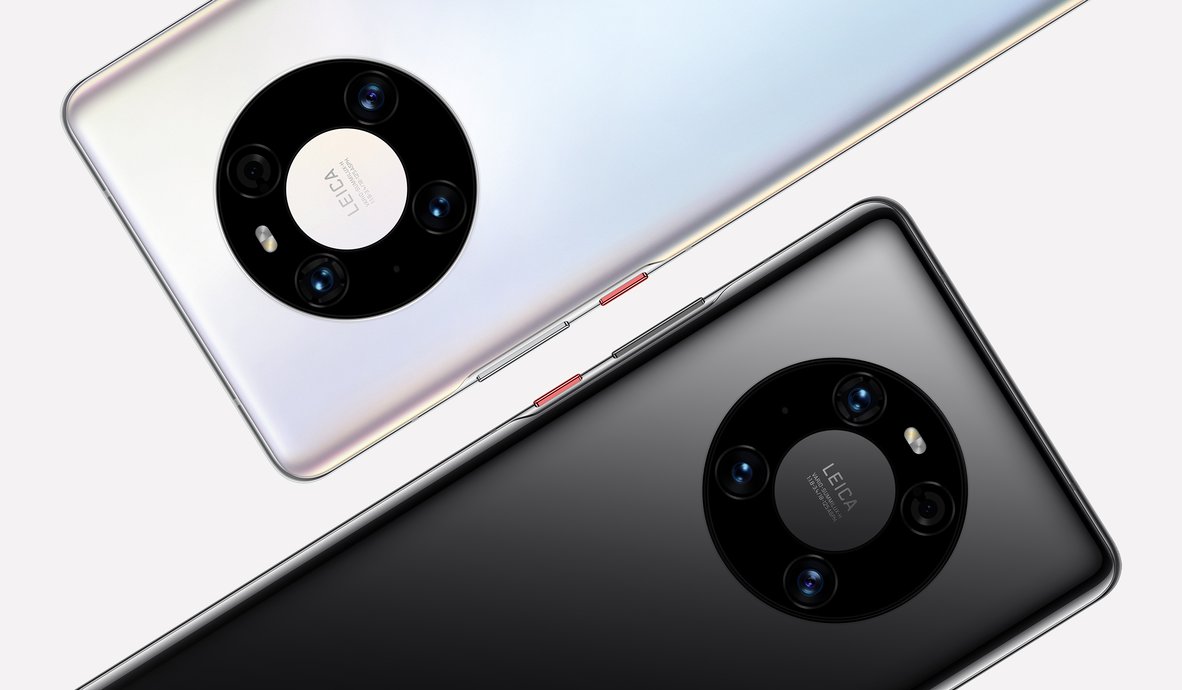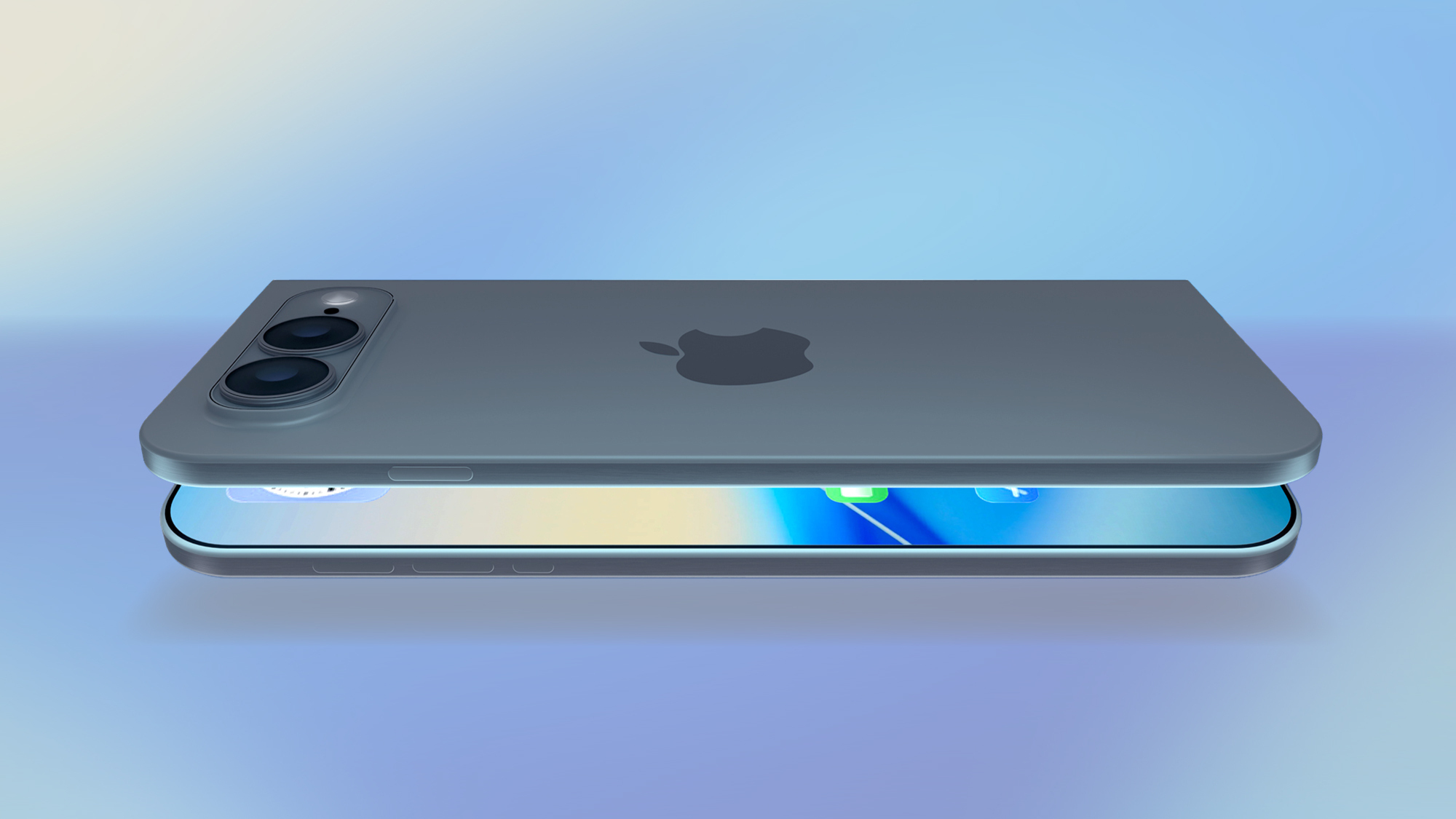Huawei Mate 40 Pro revealed — and it beats iPhone 12 on charging
The Huawei Mate 40 Pro looks like a stunning rival to top flagships, but it faces some challenges

The Huawei Mate 40 Pro is the newest flagship phone from the struggling Chinese phone maker. And despite the software challenges Huawei faces, the new phone boasts hardware that will put the iPhone 12, OnePlus 8T and all other phones to shame, even in this busy fall launch period.
The stars of Huawei's launch event today were the €1,199/£1099 Mate 40 Pro and the €1,399 euro Mate 40 Pro Plus. (That's £1,262 converted.) Those prices are probably making your head spin if you're in the U.S., since they convert to $1,418 and $1,655, respectively, but remember that currency conversion can't account for regional taxation and other differences like that. For some context, the $1,399 Samsung Galaxy S20 Ultra costs €1,359, meaning that despite the controversy swirling around Huawei at the moment, the company believes it can charge more than the best-selling Android maker in the world.
Price: £1099 (Mate 40 Pro)
Display: 6.76-inch OLED FHD+ (2772 x 1344), 90Hz refresh rate
Rear cameras: 50MP wide, 20MP ultrawide/cine, 12MP telephoto camera with 3x optical zoom, 3D depth sensor, 8MP 10x optical zoom camera (Mate 40 Pro Plus only)
Front cameras: 13MP wide and 3D depth sensor
Chipset: HiSilicon Kirin 9000
RAM: 8GB
Storage: 256GB
Operating system: Android 11 with EMUI 11
Battery: 4,400 mAH
Charging: 66W wired, 50W wireless, 5W reverse wireless
Colors: Black, White, Mystic Silver
Size: 6.4 x 2.9 x 0.35 inches (162.9 x 75.5 x 9.1mm)
Weight: 7.5 ounces (212g)
Water/dust resistance: IP68
- The best Android phones
- iPhone 12 review: How Apple's new phone compares
- Plus: Samsung Galaxy S21 leak just revealed stunning 'blade bezel' design
While U.S. customers won't get either phone unless they order it internationally or from an auction site, the Mate 40 Pro arrives in the U.K. on November 13, with pre-orders starting from November 3. The Mate 40 Pro Plus doesn't look to be coming to either country, unfortunately, which is a shame since it has some delicious specs.
Huawei Mate 40 Pro design and display
The Mate 40 Pro looks quite like last year's model the Mate 30 Pro, with the dramatic 88-degree Horizon display curving away on the left and right sides, more so than any other phone we've seen. There's no top and bottom curves however, which we might have expected given that's what Huawei put on its P40 series. If you're concerned about water and dust resistance, Huawei says the Mate 40 Pro meets the IP68 standard.

For color options, you have a pearlescent Mystic Silver, or a simple glossy white or black. On the Pro Plus, you can choose between white or black ceramic back, which should be tougher than the usual glass backs you get on premium phones. Alternatively, Huawei's offering soft-touch vegan leather backs again, in either yellow or green.
The sides are mostly display, as it was with the Mate 30. What's new this year is the return of a physical volume rocker next to the red power button. If you liked the virtual volume slider of the Mate 30, accessible on either side of the phone with a double tap on the edge of the display, that's still usable. On the back there's another circular-shaped camera block, designed to make the phone resemble traditional cameras, except this time around it's a "Space Ring" shape instead of a full circle.
You get a 6.76-inch FHD AMOLED display on the Mate 40 Pro and Pro Plus. That's a little larger than the 6.7-inch iPhone 12 Pro Max, but Huawei claims the Mate 40 Pro is slimmer, making it more comfortable to hold, particularly with its curved display and back.
Get instant access to breaking news, the hottest reviews, great deals and helpful tips.
The other main screen spec to know about is the Mate 40 Pro's 90Hz refresh rate. Huawei said it didn't use the 120Hz refresh rate favored by Samsung and OnePlus so that it could balance power consumption and smoothness, which sounds like a fair compromise assuming the phone has the battery life Huawei promises.
Huawei Mate 40 Pro battery and charging
The Mate 40 uses a 4,400 mAh cell, which is a little smaller than the 4,500 mAh battery in last year's Mate 30 Pro or in the OnePlus 8T or Galaxy S20 Plus. However, Huawei's phone does have 66W charging and 50W wireless charging, with 5W reverse wireless charging for your accessories like wireless earbuds.
To put that charging speed in context, OnePlus recently wowed us with 65W charging on the OnePlus 8T. That super-fast spec allowed the 8T to reach a 93% charge after 30 minutes of testing, so we're eager to see if the Mate 40 Pro can top that.
Huawei Mate 40 Pro shoppers will get a 66W charger bundled in, but Huawei is also selling an in-car charger and a 12,000 mAh power-bank if you need a more mobile charging option.
Huawei Mate 40 Pro cameras
For cameras, Huawei has once again turned to lensmaker Leica for assistance in making its comprehensive array of snappers. On the back, you have a 50MP main sensor, using Huawei's proprietary SuperSensing chip to pick up more light than other camera sensors.

Joining the main lens are a 20MP wide-angle sensor (which is also the phone's dedicated video camera), a 12MP telephoto camera with 3x optical zoom. On the Mate 40 Pro Plus, there's also a second 8MP telephoto camera with an impressive 10x optical zoom. Both versions also get a 3D camera to help with photo effects.
On the front, the Mate 40 Pro features a 13MP ultrawide selfie camera, as well as another 3D sensor that enables secure face unlocking, similar to Apple's Face ID. (The phone still makes an in-display fingerprint sensor available if you prefer.) These cameras are placed in a pill-shaped punch-hole on the left of the display, like the P40 Pro earlier in the year. It's a much better way to place the cameras than the big notch the Mate 30 series used.
Huawei Mate 40 Pro performance and software
On the inside of the Huawei Mate 40 Pro, there's 8GB RAM, 256GB storage and a 5G-enabled Kirin 9000 chip. Huawei promises this HiSilicon chip will beat the competition from Apple's A14 and Qualcomm's Snapdragon 865 Plus, particularly when it comes to graphics and neural processing, all while remaining more powerful. It should stay powerful too, with Huawei promising just a 2.5% performance drop off over three years of use.
Running the show is EMUI 11, which introduces with multi-window, smooth transitions and arti-inspired themes for wallpapers, apps and always-on displays. The Mate 40's AOD is a bit different, since Huawei calls it an EOD — an eyes-on display, which only turns on for when you're looking at the phone, as detected by the 3D camera in the front notch, to save power.
EMUI 11 is based on Android 11, but still can't access any Google apps or the Google Play Store due to the ongoing dispute between Huawei and the U.S. Government. Huawei has gotten on top of things to a certain degree in the past few months, updating its App Gallery with more familiar apps for U.K. users and also introducing Petal Search, which allows the downloading of APK files from trusted sources to let users run Android apps without needing Play Store access. However unless you're really attracted to Huawei's impressive hardware, most users will likely prefer the simpler user experience of a Samsung, Google or OnePlus phone.
Gesture control returns from the Mate 30, but with more functions that mean it actually looks useful. You can now scroll up and down, left and right, and also wake the phone and alter volume, press play/pause or answer calls from a distance with your palm. It's similar to Google's unreliable but now-abandoned Motion Sense controls from the Pixel 4, so we will have to see if Huawei has got it right this time
For accessories, you can pick up a Ring Light Case for better selfies, which not only protects the phone's back but also includes a wirelessly-charging ring light for use with selfie shots. There's also a new M-Pen 2 stylus that's still a bit clunky-looking with its USB-C pairing, but that does work on multiple devices at once. That lets you doodle simultaneously on the Mate 40 and a compatible Huawei tablet, for example.
Other Huawei Mate 40 devices
We've been looking at the Mate 40 Pro and Mate 40 Pro Plus here, but there's a basic €899 (£811/$1,063 converted) Huawei Mate 40 too. This phone has many similar specs to its more expensive siblings, but it uses a single punch-hole camera on the front and a lower magnification telephoto camera on the back.
The Mate 40 also features smaller, lower resolution 6.5-inch display with a less dramatic display, and a lower IP53 water/dust resistance rating.
Huawei offers another Porsche Design version of the Mate 40 Pro Plus with better specs, more cameras (including a thermal sensor) and a different more angular design, if you want the ultimate in unique and very expensive Android phones.
Huawei FreeBuds Studio
Toward the end of Huawei's product launch today (Oct. 22), the company also revealed its £299 ($353) FreeBuds Studio, which as a pair of wireless over-ear headphones, are very reminiscent of the rumored AirPods Studio that Apple apparently has in store for us at an upcoming launch event.

The simple design, available in either gold or black colors, uses 7mm slim arms with soft earcups and headband materials. You access the controls with taps and swipes on the flat surface of the cups. There are also six built-in microphones and dual antenna for interference-free voice calls and audio playback. The FreeBuds Studio connect to two devices at once, whether it's running on Mac, Windows, Android or iOS.
Huawei says the FreeBuds Studio are capable of an industry-leading 40dB ANC, and will last 24 hours on a full charge, or 8 hours if charged for just 10 minutes. These are certainly some impressive claims, and while they won't be going on sale in the U.S., the FreeBuds Studio still show that Huawei retains its hardware edge despite all the struggles it's going through with western customers and institutions.
If these headphones appeal to you, you'll be able to buy the black version of the FreeBuds Studio from November 3, with the gold coming later in the month.

Richard is based in London, covering news, reviews and how-tos for phones, tablets, gaming, and whatever else people need advice on. Following on from his MA in Magazine Journalism at the University of Sheffield, he's also written for WIRED U.K., The Register and Creative Bloq. When not at work, he's likely thinking about how to brew the perfect cup of specialty coffee.
